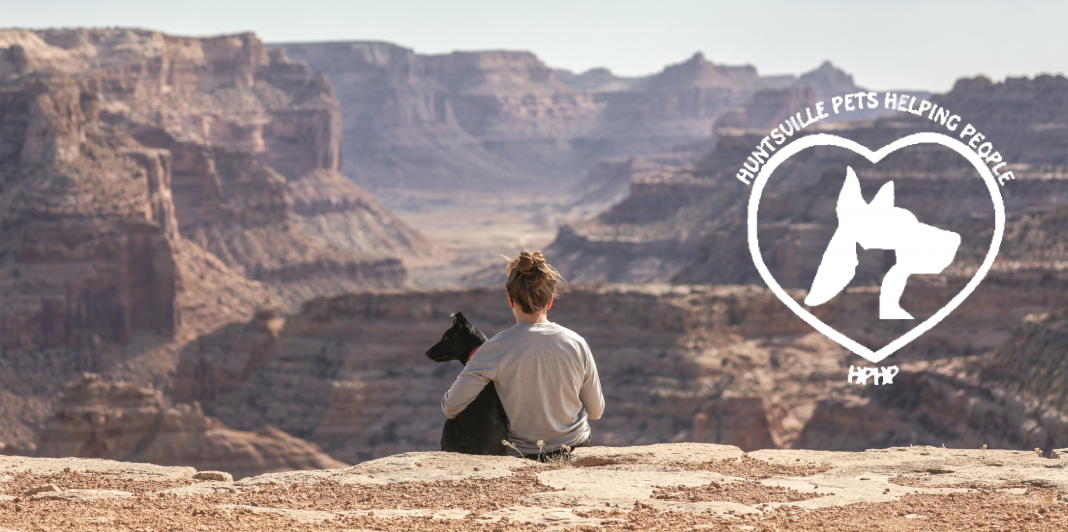With everyone focused on the coronavirus situation these days, Dog Bite Prevention Week April 12-18 2020, was overlooked. The week is usually a time set aside to remind people about the seriousness of dog bites. It is also a time to educate the public on ways to prevent dog bites, both as a responsible dog owner and as an individual who potentially could become a bite recipient. Each year, more than 4.5 million people receive dog bites. The majority of the bites are minor in nature, such as scratches or small cuts, but annually 800,000 bites are serious enough to require medical attention. Therefore, it is essential for everyone to become aware of the situation and educate themselves and their children about how to lessen the possibility of being bitten.
The majority of bite victims fall into three groups: children, the elderly, and postal service carriers. According to a Centers for Disease Control and Prevention (CDC) study, 80% of those who received bites were children. Of that 80% of bites to children, 30% of the children were bitten by the family dog and the other 50% were bites were inflicted by a neighbor’s dog. Children must be taught how to act calmly and kindly around all animals. Because of their size and strength, dogs carry the potential for serious bite injuries to youngsters. Another frequently bitten group includes United States Postal Service (USPS) employees. While the total number of dog bites have been going down for several years, USPS employees receive over 5,700 bites each year. The USPS is interested in educating their customers about the seriousness of dog bites and encouraging responsible dog ownership to further reduce bite incidents. In addition to the USPS, two other organizations who are active in preventing dog bites are the American Veterinary Medical Association (AVMA) and the American Kennel Club (AKC).
Dogs who bite come in all sizes, ages, genders, and breeds. Simply stated, biters are not limited to any specific breed. Any dog has the potential to bite if provoked. Most often, dogs bite because they are frightened, startled, or feel threatened. Once we know why dogs bite, there are things we can do to reduce the possibility of receiving a bite.
The next step is educating ourselves and children on how to safely interact with dogs. Children need to be taught which dogs to approach, how to safely approach them, and general conduct around dogs. Children should avoid dogs who are off leash, sleeping, eating, playing with toys or who are injured or sick. If a dog is running loose or appears to be hurt, the child should stay away from the dog and notify an adult who can take charge. A sleeping dog may be easily startled or feel threatened and might bite out of self-defense even if it is a person that they know well. The same is true for older dogs who may have vision or hearing deficits and may be easily startled. If a dog is eating or playing with toys, a child should not approach. Some dogs guard their food and toys. They may view an approaching child as a threat which could trigger a bite response.
Children should never tease animals. If a dog growls, back away and give the dog space. If a child encounters an unleased or unfriendly dog outdoors, the AKC says do not run. Instead, make like a tree. That means stand very still, cross your arms over your chest like you are hugging yourself, and do not look directly at the dog. The idea is to become uninteresting and unchallenging so that the dog will safely move away.
In October 2019, Huntsville Pets Helping People (HPHP) participated in Safety Town, an event sponsored by Huntsville ISD. Safety Town presented safety information and experiences to about 450 first grade students. They met police officers, fire personnel, a forest ranger, and several HPHP therapy dogs. The children learned to ask permission to approach and pet a dog on a leash. If permission was given by the owner, children learned to approach the dog calmly and extend a closed hand for the dog to sniff. If the dog is comfortable with that, the child may pet the dog on the chest, shoulder or back, but not on the head because some dogs do not like their heads touched.
Dog owners need to do their part to protect themselves, their families, their dogs, and the general public from dog bites. Never let your dog run loose in the neighborhood. Teach your dog not to dash out an open door or gate. Yes, a dog can be taught to wait at the door or gate until given permission to exit. Socialize your dog to a variety of sights, sounds, people and experiences. Socialization is best started when the dog is very young but dogs of any age can become better socialized. Owners should consider neutering their dog if that has not been done because neutered dogs tend to be less territorial and aggressive. When individuals come to your residence to deliver mail or packages, put the dog in another room or in a fenced backyard so that the dog cannot approach the delivery person and potentially cause harm.
Finally, dogs who bite are costly to their owners. Each year several million dollars are paid out by insurance companies because of dog bites and resulting medical treatments. Those costs are passed on the insurance policy holder or their policy may be cancelled. In addition, landlords might evict renters who have dogs that they consider aggressive (biters). When a dog bite is severe, the dog may lose their home when the owner surrenders them to a shelter or their lives if they are euthanized. Therefore, please protect your dog, your family, and the public by being a responsible dog owner and instructing your family on behaving safely around dogs.















